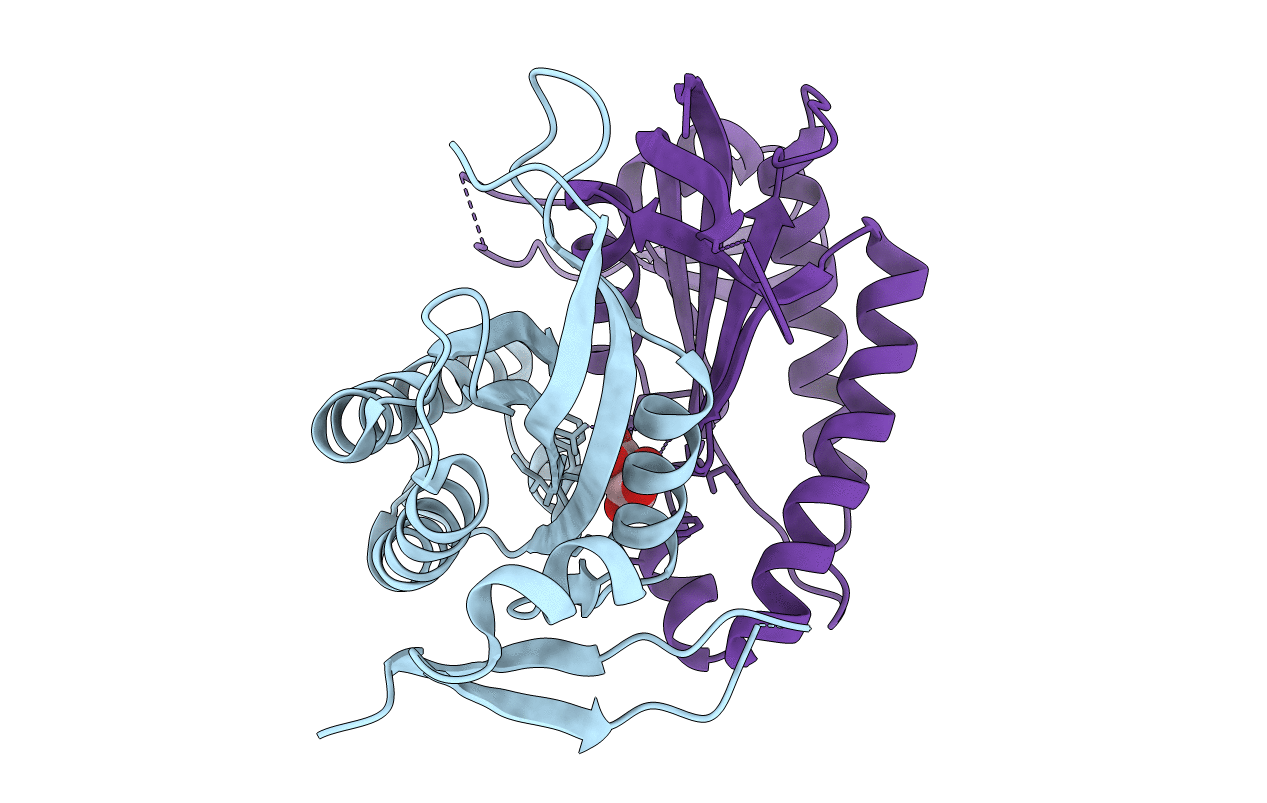
Deposition Date
2017-08-15
Release Date
2017-11-22
Last Version Date
2024-10-30
Entry Detail
PDB ID:
6AOB
Keywords:
Title:
Crystal structure of non-canonical dimeric guanylyl cyclase domain of RhoGC fusion protein from the aquatic fungus Blastocladiella emersonii
Biological Source:
Source Organism:
Blastocladiella emersonii (Taxon ID: 4808)
Host Organism:
Method Details:
Experimental Method:
Resolution:
1.70 Å
R-Value Free:
0.19
R-Value Work:
0.16
R-Value Observed:
0.16
Space Group:
C 2 2 21


